What is the full form of SRSSRS: Software Requirements SpecificationSoftware Requirements Specification (SRS) is a comprehensive document that outlines the requirements and expectations for a software project. It is a crucial step in the software development process as it sets the foundation for the entire project and ensures that everyone involved understands the end product. This article will look closely at SRS, its benefits, and what should be included in a comprehensive SRS document. 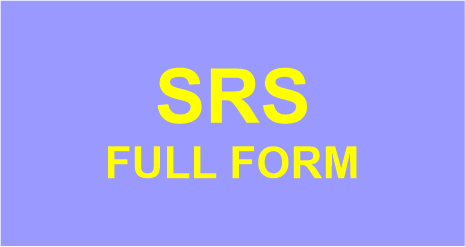
What is SRS?It is a comprehensive document that covers all aspects of the software project, from the project's goals and objectives to the software's specific requirements. It outlines the functional and non-functional requirements of the software and serves as a blueprint for the entire project. The SRS should be written in a way that is clear, concise, and easy to understand so that everyone involved in the project has a clear understanding of what is expected. What Should Be Included in a Comprehensive SRS Document?A comprehensive SRS document should include the following elements: Introduction This section should provide an overview of the software project, including its goals and objectives. Requirements This section should outline the functional and non-functional requirements of the software. This may include a user interface description, performance requirements, and other functional requirements. Use Cases This section should describe the different scenarios in which the software will be used, including user interactions and system behaviours. Design Constraints This section should outline any design constraints or limitations that must be considered when developing the software. User Requirements This section should describe the requirements for the software from the user's perspective, including usability, accessibility, and security requirements. System Requirements This section should describe the requirements for the software from a system perspective, including performance, scalability, and reliability requirements. Technical Requirements This section outlines any technical requirements that the software must meet. It should include information on software architecture, design, and implementation. Quality Requirements This section outlines the quality requirements that the software must meet. It should include information on reliability, availability, maintainability, and security. Acceptance Criteria This section should outline the criteria that must be met for the software to be accepted by the customer or end user. Glossary This section should define any technical terms used in the SRS document. Project Schedule This section outlines the project schedule for the software development process. It should include project milestones, deadlines, and a timeline for completion. It is making any changes to the project requirements, scope, or timeline. 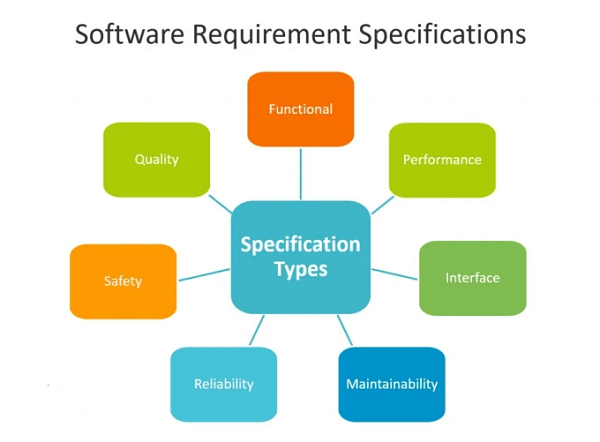
ConclusionSoftware Requirements Specification is a crucial step in the software development process. It provides a clear understanding of the goals and objectives of the project and ensures that everyone involved has a clear understanding of what the end product should be. A comprehensive SRS document should include an introduction and requirements. Requirements Smell in Software Requirements SpecificationHowever, just like any other document, it can have issues and challenges that can negatively impact the quality of the final software product. One of these issues is requirements smells, which are signs that something is wrong with the requirements in the SRS. This article will look at some of the standard requirements for smells and how they can be addressed. Ambiguity Ambiguous requirements can lead to misunderstandings, miscommunication, and, ultimately, a failed project. When a requirement is ambiguous, it needs to be clarified what it means and what it requires. This can result in different interpretations by stakeholders, leading to confusion and rework. To avoid ambiguity, requirements should be clear, concise, and specific. Vaguenes Vague requirements are those that lack detail and precision. They may need to specify what the software should do or how it should do it. Vague requirements can lead to misunderstandings and misinterpretations, causing delays and rework. To avoid vagueness, requirements should be clear and specific, with sufficient detail to allow for implementation. Inconsistency Inconsistent requirements can arise when stakeholders have different views on what is required. This can lead to misunderstandings and misinterpretations, resulting in rework and delays. To avoid inconsistency, requirements should be consistent and coherent, clearly understanding what is required and how it should be implemented. Unclear Assumptions Requirements can contain assumptions that need to be explicitly stated. This can lead to misunderstandings and misinterpretations. By using an SRS document, organizations can ensure that the software being developed is of high quality, meets the needs of the stakeholders, and is developed efficiently. Increased Transparency An SRS document provides a clear understanding of the project requirements, providing increased transparency for stakeholders. This increased transparency can build trust and confidence in the development team and the project. Improved Decision-Making An SRS document can provide stakeholders with the information they need to make informed decisions. Project Requirements and ScopeStakeholders can make better-informed decisions by clearly understanding the project requirements and scope. Better Project Outcomes By clearly understanding the project requirements, the SRS document can ensure that the developed software meets the stakeholders' expectations and provides a good user experience. Reduced Risks An SRS document can help to reduce risks associated with the software development process. By clearly understanding the project requirements, the SRS document can reduce the chances of misunderstandings, rework, and delays. 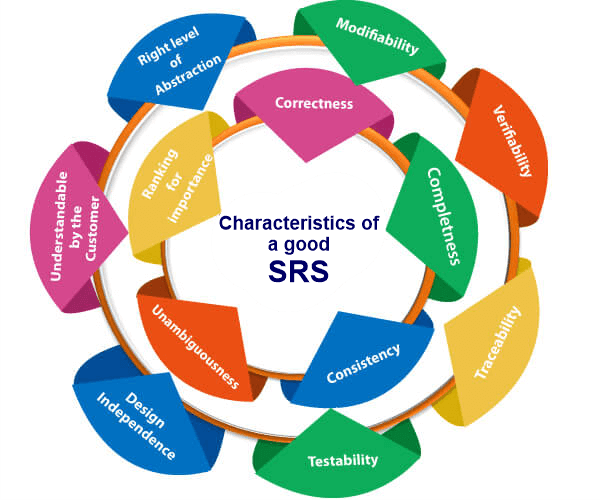
In conclusion, using an SRS document can positively impact the stakeholders. It provides increased transparency, improves decision-making, leads to better project outcomes, and reduces risks. By using an SRS document, organizations can ensure that the software being developed meets the needs of the stakeholders and is of high quality. Creating and maintaining the SRS documentClearly understand Creating and maintaining the SRS document is a collaborative effort involving multiple parties, including the development team, stakeholders, and subject matter experts. Here are some best practices for creating and maintaining an SRS document: Involving Stakeholders Involve stakeholders in the SRS document creation process to ensure that the software requirements accurately reflect their needs and expectations. Use a Template Use a well-defined template for creating the SRS document. This helps to ensure that all relevant information is captured and that the document is organized in a consistent and easily understandable format. Define the Requirements Clearly The requirements should be defined clearly and precisely, avoiding ambiguity and ensuring that they are measurable and verifiable. Prioritize Requirements Prioritize requirements based on their importance and feasibility. Please Review and Regularly Update Regularly review and update the SRS document to ensure that it remains relevant and accurate. This helps keep all parties informed of any project requirements or scope changes. Get approval from stakeholders Obtain approval from stakeholders for the final version of the SRS document to ensure that everyone is aligned on the project requirements. Use Clear and Concise Language Use clear and concise language in the SRS document to ensure that it is easily understood by all parties involved in the software development process. By following these best practices, organizations can ensure that the SRS document is comprehensive, accurate, and up-to-date, serving as an essential reference throughout the software development process. Steps To Write an SRS DocumentAn SRS (Software Requirements Specification) document describes a specific project's software requirements and specifications. Here are the steps to write an SRS document:
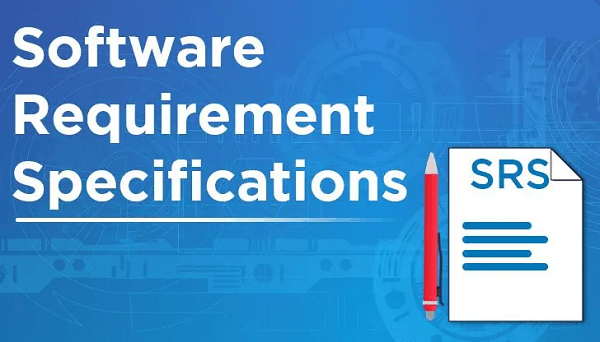
Keeping the SRS document updated throughout development is essential to ensure the final product meets the desired specifications and requirements. Here are a few additional details that may be useful when writing an SRS document:
By following these guidelines, you can create a comprehensive and practical SRS document that will serve as a valuable resource throughout the software development process. An SRS document can be written in either Microsoft Word or specialized requirement management software. 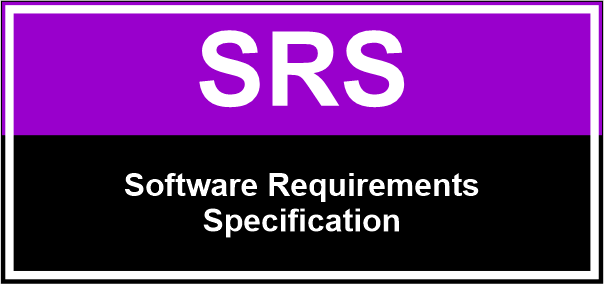
Advantages and Disadvantages of writing SRS in Microsoft Word
Advantages and Disadvantages of writing SRS in Specialized Requirement Software:
In conclusion, the choice between Microsoft Word and specialized requirement software depends on the project's complexity and the stakeholders' needs. For simple projects, Microsoft Word may be sufficient. For complex projects, specialized requirement management software may be a better option. Here are a few more details that may help you decide whether to use Microsoft Word or specialized requirement management software:
It's essential to carefully consider the needs of your project and the stakeholders when deciding whether to use Microsoft Word or specialized requirement management software for your SRS document. Benefits of SRSThe benefits of having a well-written SRS are numerous. Here are some key benefits: Clear understanding of project goals and objectives: The SRS outlines the goals and objectives of the project, ensuring that everyone involved clearly understands what is expected. Improved communication: A well-written SRS serves as a common reference point for all stakeholders, improving communication and reducing misunderstandings. Reduced Development Time The SRS provides a clear roadmap for the development process, reducing development time and improving efficiency. Better Project Planning The SRS provides a clear understanding of the project's scope, allowing for better project planning and resource allocation. Improved Quality A well-written SRS provides a clear understanding of the requirements, reducing the risk of misunderstandings and improving the quality of the end product. Better Customer Satisfaction A well-written SRS ensures that the software meets the customer's expectations, leading to better customer satisfaction.
Next TopicFull Forms List
|
 For Videos Join Our Youtube Channel: Join Now
For Videos Join Our Youtube Channel: Join Now
Feedback
- Send your Feedback to [email protected]
Help Others, Please Share










